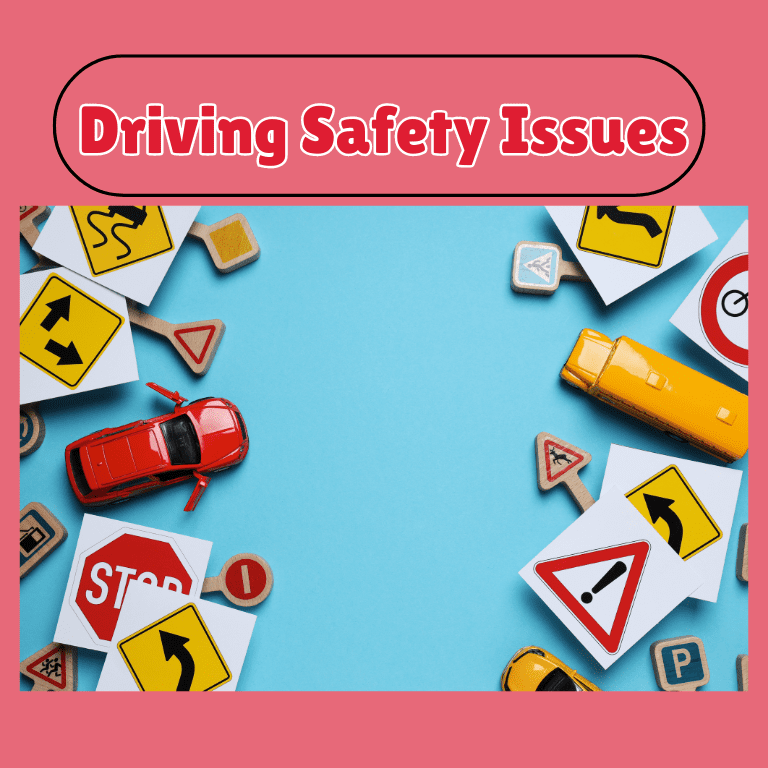Navigating the Road: Addressing Driving Safety Issues

Driving safety is a paramount concern for individuals and communities worldwide. Whether commuting to work, running errands, or embarking on road trips, the risks associated with operating vehicles demand attention and action. In this article, we delve into the critical driving safety issues that impact road users and explore strategies to address them effectively.
Distracted Driving
Dangers on the Road: Distracted driving, fueled by smartphones, navigation systems, and other gadgets, poses a significant threat to road safety. Diverted attention from the road increases the risk of accidents, injuries, and fatalities.
Mitigation Strategies: Education campaigns, stricter legislation, and technological solutions such as hands-free devices and driver assistance systems help combat distracted driving and promote safer driving habits.
Impaired Driving
Risks Behind the Wheel: Impaired driving, whether due to alcohol, drugs, or fatigue, significantly impairs judgment, coordination, and reaction times. This jeopardizes the safety of both the driver and others on the road.
Addressing the Issue: Rigorous enforcement of laws, public awareness campaigns, and initiatives promoting alternative transportation options aim to reduce instances of impaired driving and promote responsible behavior.
Speeding
Speeding Hazards: Excessive speed increases the likelihood of accidents and intensifies their severity. Speeding reduces a driver’s ability to react to hazards, increases stopping distances, and elevates the risk of loss of vehicle control.
Curbing Speeding: Measures such as speed limit enforcement, traffic calming initiatives, and public education campaigns aim to discourage speeding and promote adherence to posted speed limits, thereby enhancing road safety.
Weather Conditions
Weather-Related Challenges: Adverse weather conditions, including rain, snow, fog, and ice, introduce additional hazards on the road. Reduced visibility, slippery surfaces, and decreased traction amplify the risk of accidents.
Adapting to Conditions: Drivers must adjust their driving behavior and exercise caution when encountering adverse weather conditions. Slowing down, increasing following distances, and using headlights improve safety in challenging weather.
Road Infrastructure
Infrastructure Deficiencies: Poor road conditions, inadequate signage, and lack of safety features contribute to accidents and injuries. Infrastructure deficiencies hinder the safe flow of traffic and increase the likelihood of collisions.
Investing in Infrastructure
Governments and transportation agencies invest in infrastructure improvements, including road maintenance, signage upgrades, and safety enhancements, to mitigate risks and improve road safety for all users.
Driving safety issues encompass a wide range of challenges that demand attention and action from policymakers, law enforcement agencies, road users, and communities. By addressing distracted driving, impaired driving, speeding, weather-related challenges, and road infrastructure deficiencies through a combination of education, enforcement, and infrastructure improvements, we can create safer roads and reduce the toll of accidents and injuries on our highways and streets.











